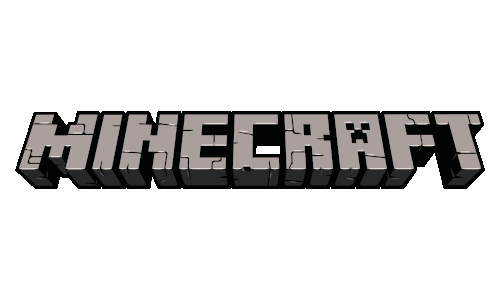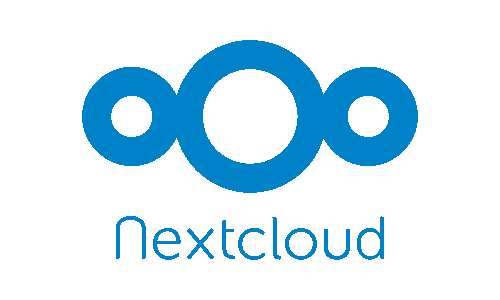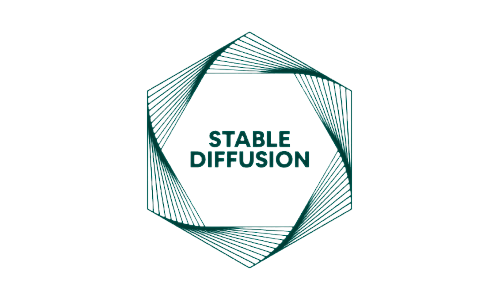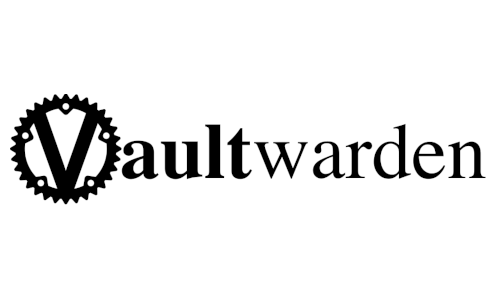FAQs
RESUMate, Inc, is a family company founded in Ann Arbor, Michigan in 1988 as Kitchen Table Software.
Now three generations strong, we've been selling software directly to customers for almost forty years; and we've seen how "the cloud" has put monopoly middlemen between developers like us and the people who actually use our programs.
TableOS is a remotely supported version of Debian Linux that can operate as a mini-data center from any home or office.
This is the same operating system that underpins much of the internet and "the cloud", but instead of running in a big building filled with racks of servers, it runs on a laptop or desktop located on your premises. We created TableOS to give the average person the freedom to easily host their own software and services, away from the prying eyes and greedy hands of Big-Tech.
Your data is stored at your location(s).
We offer an optional encrypted backup service (i.e. we keep a copy of your data, but cannot read it), but you can also backup your TableOS server to other TableOS servers, keeping everything on your hardware at all times.
Right now, if you'd like. Click here to create an account and start configuring your TableOS server.
TableOS trades scale and capacity for security and privacy.
Because you're not trying to host millions of users, you don't need to put up with all the expensive ills of data centers: your information pooled with everyone else's, lowest bid contractors all over the place, and the frequent neglect of critical updates to keep interdependent systems from crashing (a consistent source of data breeches). Data centers are also broadly vulnerable to supply chain attacks due to the high number of vendors it takes just to maintain all that scale and capacity.
TableOS can handle all the data center needs of an individual, family, or small/medium organization with a single computer that already enjoys the security and privacy of a home, office, or other location.
For people or smaller organizations with hosting needs, TableOS provides the benefits of a data center without the risk and expense of a data center.
TableOS can host - privately or on the public internet - websites, business infrastructure, productivity apps, chat services, game servers, file storage, and anything else a data center can host. It will not scale to millions of users, but in place of all that unused capacity you get a private data center that's easy-to- update, easy-to-secure, and keeps your data in your possession.






